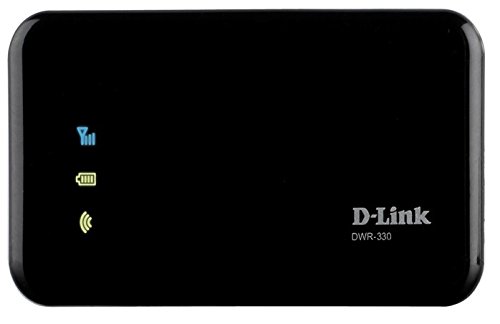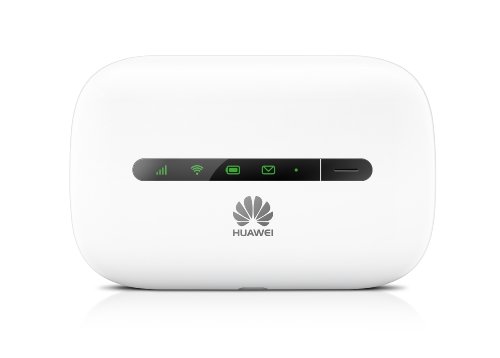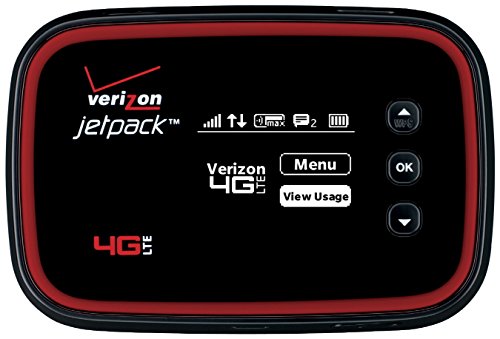The convergence of data and voice networks in the business environment takes on a new twist with the emergence of wireless networking. The freedom of mobility offered to users in a wireless LAN has proven to provide a noticeable boost in productivity, efficiency, and. employee morale. No longer is the work force tied to their desk when on the job. Workers can access company files and receive important communications from anywhere on the company campus that is in range of a wireless access point.
With voice communications thrown into the mix, mobile users can stay in touch while roaming the property inside or out, and even on the road. The acceptance of the fixed to mobile convergence concept by the telecommunications industry only promises to fuel the fire for the adoption of VoIP over WiFi.
The Challenges of Implementing VoIP over WiFi Networks
As with any emerging technology, there are challenges to overcome. The development of the converged network, i.e. data and voice on the same IP based LAN, while yet to be an established norm, is proving to be beneficial for businesses from both a cost and productivity perspective. Adding the prospect of VoIP over a wireless network brings up a whole new set of issues.
VoIP is a time sensitive technology. Calls must be set up and authenticated, and voice packets must arrive at their destination without interruption and on time. This requires a near continuous network stream, uninterrupted by less sensitive data transmissions. The implementation of Quality of Service techniques on wired LANs assure that these voice packets receive priority, and call quality issues such as latency, jitter, and packet loss have been sufficiently addressed.
Enter the standards based wireless network, a technology in an earlier stage of development, and more challenges occur. While today’s wired network provides plenty of bandwidth for both voice and data to coexist, WLANs provide less bandwidth, and Quality of Service issues must be revisited. Security measures such as authentication and encryption must be implemented and can add to the problem by increasing the size of the voice packet. Additionally, users on the move will traverse wireless access points where handoffs must be quick and smooth.
The IEEE 802 standards governing wireless technology are evolving rapidly and promise to deal with a broad spectrum of WiFi issues. Increasing the bandwidth available, prioritizing voice packets for QoS, authentication and encryption protocols for security, and enhanced roaming techniques are all being addressed.
Also in development is the wireless technology commonly known as WiMax, providing for the implementation of high bandwidth wireless communications covering distances of up to 30 miles. The evolution of WiMax could prove of great consequence to developing countries, as well as Metropolitan LANs.
Security in a VoIP/WiFi Network
Companies wishing to implement wVoIP must take security issues into consideration from the start. As in any IP network, the dangers of hackers, denial of service, highjacking and spam, all lurk in the shadows.
Because a wireless network uses radio frequencies as its transmission media, the security normally provided by a firewall in a wired network is not sufficient, simply because of the physics. Whereas to break into a wired LAN requires hackers to either physically be inside the network or to hack in through the Internet, in a WLAN they can grab network transmissions from the air while parked across the street. The security issues that network managers must consider in a VoWLAN are the privacy of conversations, and the protection of the network infrastructure.
For WiFi networks, security has had a shaky start with the implementation of WEP as its security mechanism. WEP provides for authentication and encryption between the user and the access point, and was found to be easily hacked. The 802.11i standard, adopted as WPA2 (Wireless Protected Access), provides for more robust security by requiring two way authentication between the user and the network, and uses AES (Advanced Encryption Standard) as its encryption engine.
As network managers plan the rollout of a wireless VoIP network, the greatest security threat they face is improper implementation. Building security into the design of the initial deployment can, and should affect the network topology, as well as material costs. Failure to do so could lead to further expenses in loss of services and network redesigns in the event of compromise.
WiFi, VoIP, and the Cellular Networks
Manufacturers of cellular devices are incorporating WiFi radios into their handsets at an ever increasing rate. New versions of mobile operating systems are coming out complete with a built in VoIP stack, inviting carriers and manufacturers to add VoIP functionality to their devices. Dual and Quad band cell phones can choose between the strongest network available, cellular or WiFi, and place a call accordingly.
As cell phones become more like mobile offices, the benefits of a mobile work force become apparent. In the case of the road warrior, the ability to communicate via email, text messaging, video or voice, allows them to stay on the road longer without losing touch. In the age of instant information, mobile office applications allow files to be downloaded, edited, and uploaded, increasing the productivity of the traveler to the point where just about anything that can be done in the office can be done on the road.
A cell phone that can switch between cellular and WiFi networks can significantly reduce telecommunications costs at the corporate office. With WiFi hotspots popping up at hotels, cafes, and corporate LANs across the globe, mobile workers can stay in touch with office and family both on and off the job. With the addition of a VoIP service provider, cheaper VoIP calls can be made from any WiFi network at the push of a button.
Imagine, if you will, a future where one phone, with one phone number, can seamlessly traverse cellular networks, WiFi networks, cable and PSTN landlines. Where roaming and switching between disparate networks occur without interruption or loss of call quality. Fixed Mobile Convergence is the buzzword of the decade, and the IP Multimedia Subsystem (IMS) architecture is the standard that promises to get us there.
The goal of IMS is to provide all the services and applications that the Internet provides, both current, and as of yet unimagined. IP based services such as VoIP, Push to talk cellular (POC), videoconferencing, text messaging, community services, presence information and file sharing, are just some of the possibilities. Designed to work with any fixed, mobile or wireless packet switched network, backwards compatibility for the legacy circuit switched phone system is provided through the use of gateways.
Although still in its infancy, IMS is already being implemented by AT&T as the platform in it’s newly acquired Cingular cellular network. Interest in investing in a new infrastructure by mobile and fixed operators has been up and down, as they weigh the costs and benefits of the new technology.
As the technology of VoIP over WiFi networks continues to develop, businesses of all sizes can reap the benefits of increased mobility, productivity, and significant cost savings. Standards committees are constantly working on ways to increase security and quality of service, and as fixed mobile convergence gains acceptance in the telecommunications industry, more choices in the services offered and the IP applications available to businesses are sure to follow. What will also be interesting to watch, is how these very bandwidth intensive applications will be priced by the carrier networks, and how it will affect the neutrality of the Internet.
Check out Best Mobile Hotspot device
Netgear Unite Express Hotspot (AT&T Go Phone)Check PriceInternet on the Go Mobile Hotspot Sprint Pay As You GoCheck PriceHuawei E5330 Unlocked 21 Mbps 3G Mobile WiFiCheck PriceAT&T Unite Pro 4G LTE Mobile WiFi Hotspot (AT&T)Check PriceUnlocked Huawei E5330 Newest 21.6M 3G Mobile Wi-Fi Hotspot Router ModemCheck PriceT-Mobile Sonic 2.0 4G Mobile Hotspot, USB, BlackCheck PriceVerizon Wireless MHS291L Jetpack 4G LTE Mobile HotspotCheck Price







0 comments:
Post a Comment